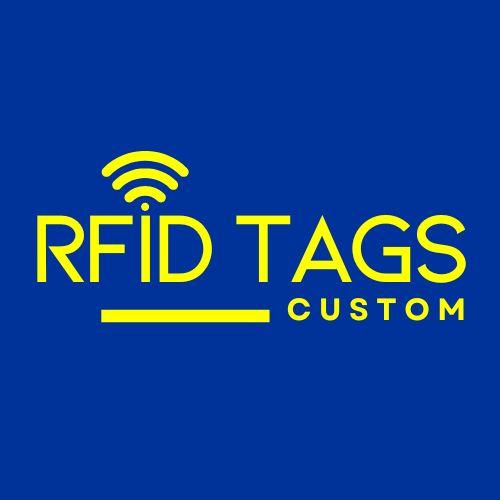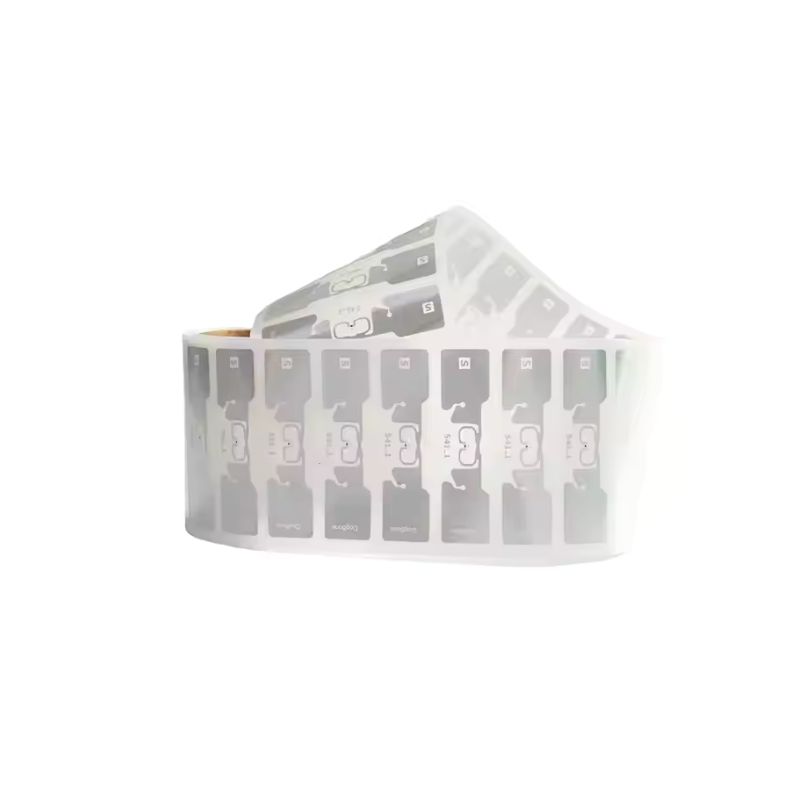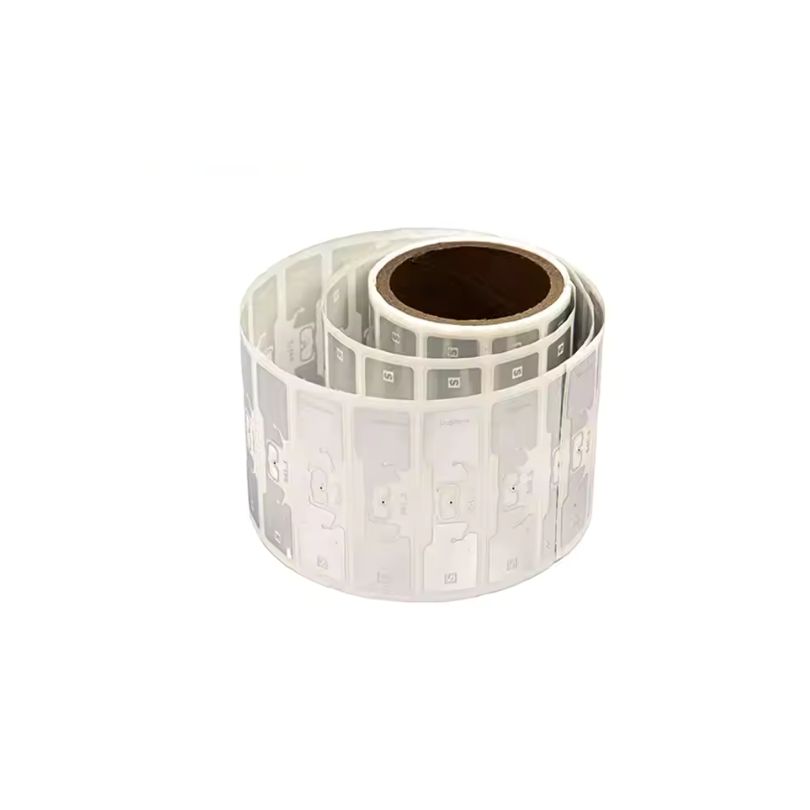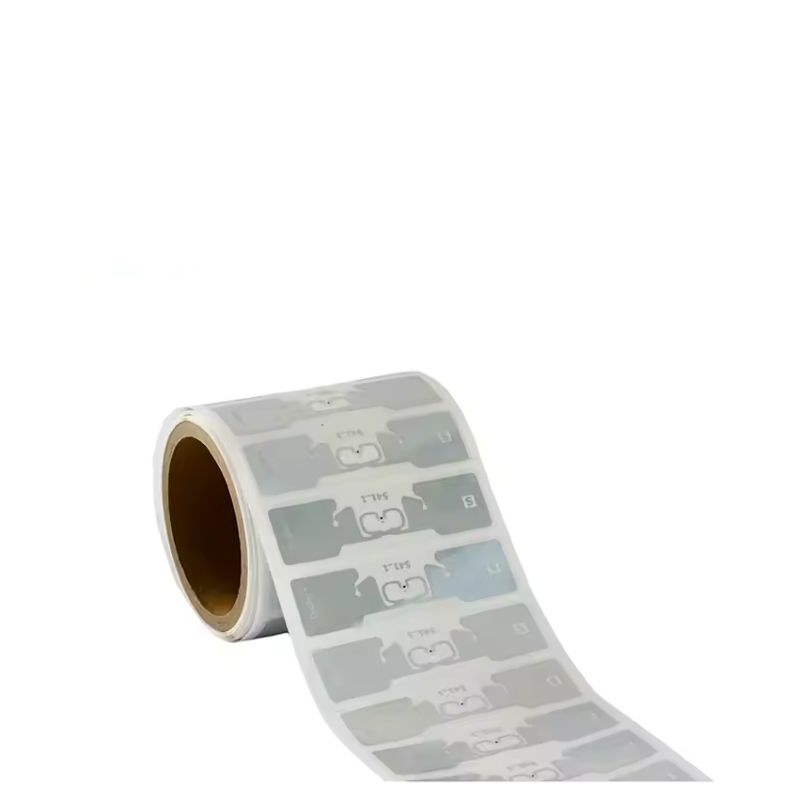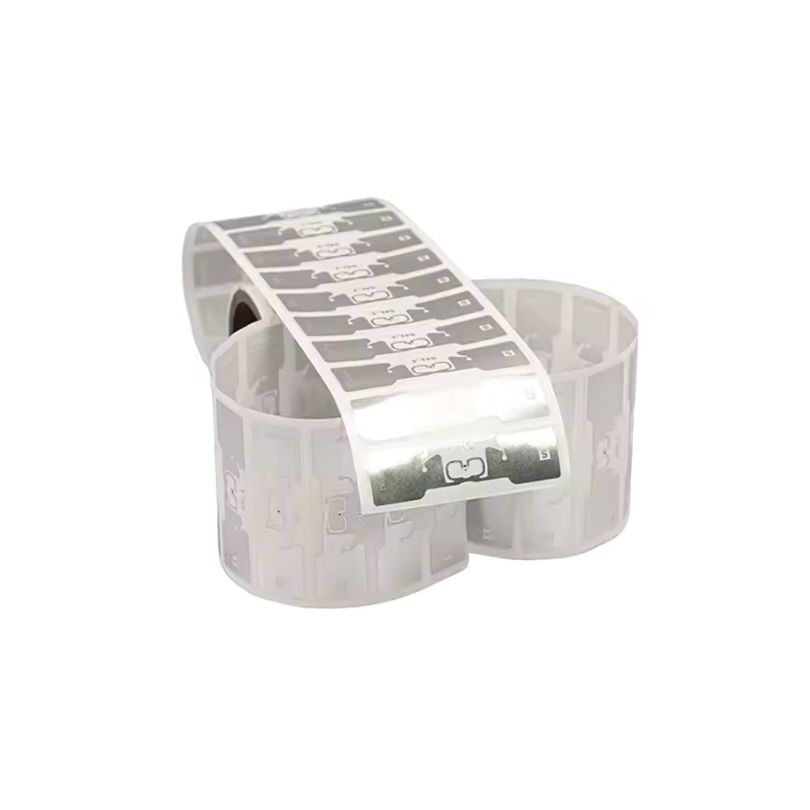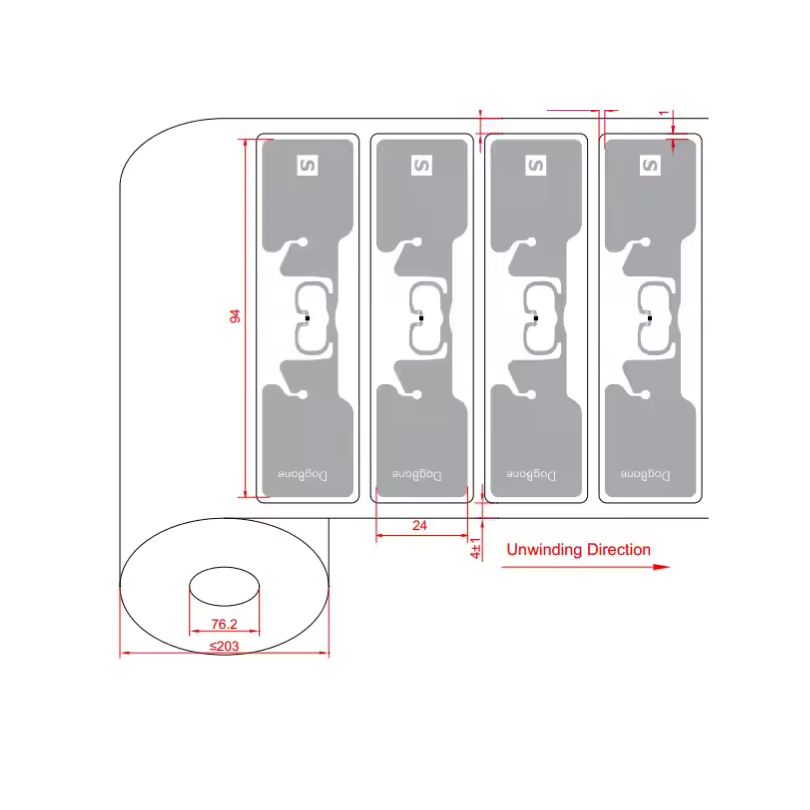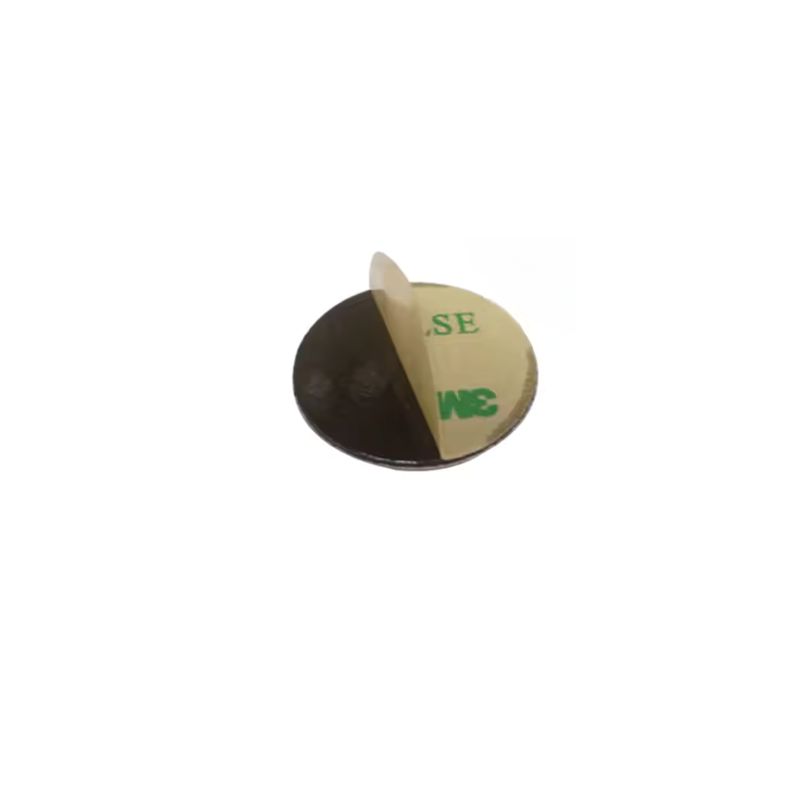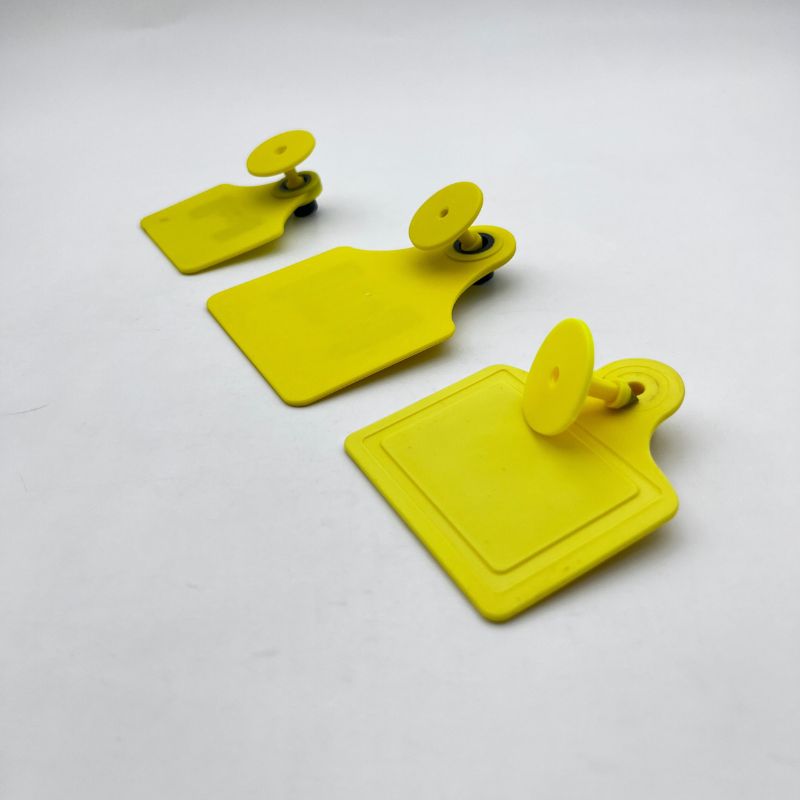
Self-adhesive RFID Labels and Tags for Asset Management
Durable, Printable, and Easy-to-Use RFID Tags for Modern Asset Tracking
Simplify your asset-tracking processes with our self-adhesive RFID Labels and Tags. Built for UHF frequency applications and compatible with a wide range of readers and software systems, these RFID labels and tags offer long read ranges, a printable surface, and secure adhesion to various surfaces, making them ideal for scalable and cost-effective asset management.
Whether you’re tagging IT equipment, hospital devices, or warehouse supplies, our RFID tags deliver automation, accuracy, and reliability at every step.
Features of Our Self-Adhesive RFID Tags
- UHF Technology (860–960 MHz) – Supports long-range scanning
- Self-Adhesive Backing – Fast, secure application on various surfaces
- Durable Material – Weather-resistant and scratch-resistant
- Printable Surface – Compatible with [e.g., Thermal Transfer] printers
- Passive RFID Design – Zero battery, minimal maintenance
- Custom Options Available – Size, chip type, memory, and adhesive customization
Applications in Asset Management
Our Self-adhesive RFID Labels and Tags are ideal for:
- IT Asset Management – Asset RFID Labels computers, servers, and peripherals
- Healthcare – Track surgical tools and equipment
- Office Equipment – Label printers, desks, chairs, monitors
- Warehouse & Logistics – Monitor packages, bins, and inventory
- Library Management – Track books, media, and rare documents
- Tool Rooms & Enterprises – Manage tools, spares, and devices
Techinical Data
| Feature | Specification |
| RFID Protocol | EPC Gen 2 / ISO 18000-6C |
| Frequency | 860–960 MHz |
| Chip Type | Impinj Monza R6, NXP UCODE 8 |
| Read Range | Up to 6 meters (20 feet) |
| EPC Memory | 96 / 128 / 512 bits |
| User Memory | Up to 2048 bits |
| Material | PET, PVC, Paper |
| Adhesive | Acrylic, Permanent |
| Operating Temp | -40°C to +85°C |
| Print Compatibility | Thermal Transfer, Inkjet |
FAQ
Can these RFID labels be printed with barcodes or serial numbers?
Yes! They are compatible with thermal transfer printers and support variable data printing.
Are these labels waterproof?
Yes. PET and PVC options are weather-resistant and ideal for indoor/outdoor use.
Will these tags work with my existing UHF RFID reader?
Absolutely. They are EPC Gen2/ISO 18000-6C compliant, so they integrate with all standard readers.
Can I customize the chip type or memory size?
Yes. We offer options for EPC and user memory, chip brand selection, and encoding services.
Request a Quote for RFID Labels and Tags
Looking for a scalable, durable RFID tracking solution? Our self-adhesive RFID Labels and Tags can be tailored to your industry and tracking system.
📞 Contact us now or 💬 WhatsApp Chat for a free quote or technical consultation.
📩 Get bulk pricing or request custom tag samples today.
Get Your Custom RFID Tags
As a leading custom RFID tag manufacturer, we craft solutions based on the unique needs of your operation. We offer a wide range of customization options, including material, size, frequency, encoding, and read distance, ensuring each RFID Tag is perfectly customized to your requirements. No matter what application you use RFID tags for, we can provide rugged, reliable RFID tags that meet the highest quality and durability standards. Here are the main ways we customize RFID tags to fit your needs.

Material Selection
Material is key for customizing RFID tags. Plastic works in harsh conditions, while softer materials suit delicate spaces. Different materials also affect signal performance. Pick what fits your use case to ensure your tags last and work reliably.

Customized Size
Size shapes usability. Small tags fit tight spaces or tiny items, while larger tags are easily read. In crowded areas, sleek tags prevent clashes. Align shape and dimension with your goods for visibility, convenience, and performance.

Frequency Requirements
Choose LF, HF, or UHF based on read range, speed, and interference. LF and HF resist metals and liquids but have shorter ranges. UHF offers an extended range yet may face signal blocks. Match frequency to your environment for reliable performance.

Reading Distance
Define the distance at which you have to read the tag. Short distances work for retail checkouts, while warehouses may need meters of coverage. Antenna design, reader settings, and power outputs affect range.Adjust these factors to capture data accurately at the distance you need.

Encode
Plan how data is stored on each tag. Some only hold an ID, while others contain detailed info. Decide if you need a simple EPC or added user memory. Ensure your chosen format works with existing software. Proper encoding streamlines processes and slashes errors.

Application Environment
Consider real-world conditions. Temperature swings, humidity, and chemicals can degrade tags. For outdoor use, opt for UV-resistant casings. In healthcare or food settings, ensure compliance with safety rules. Matching your tags to the environment maximizes their lifespan.
Related Products
Customize any RFID tags from our factory to meet your requirements.
